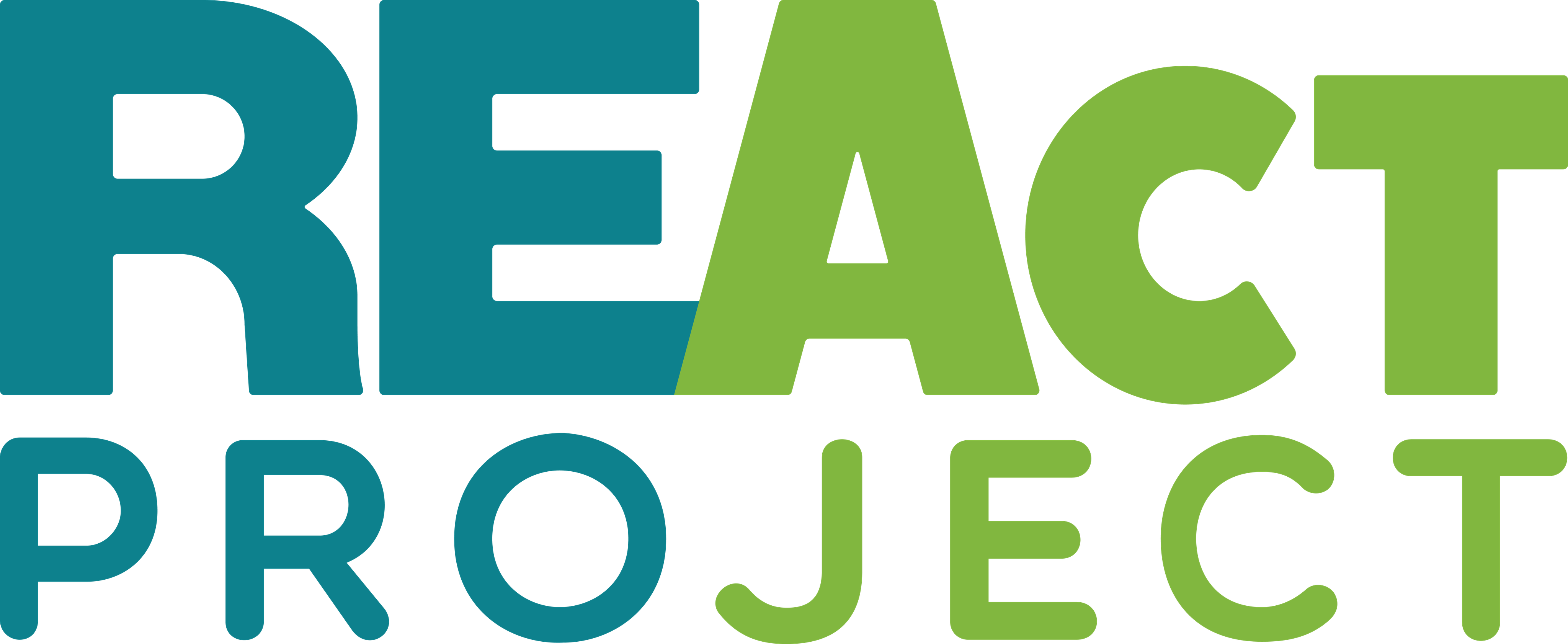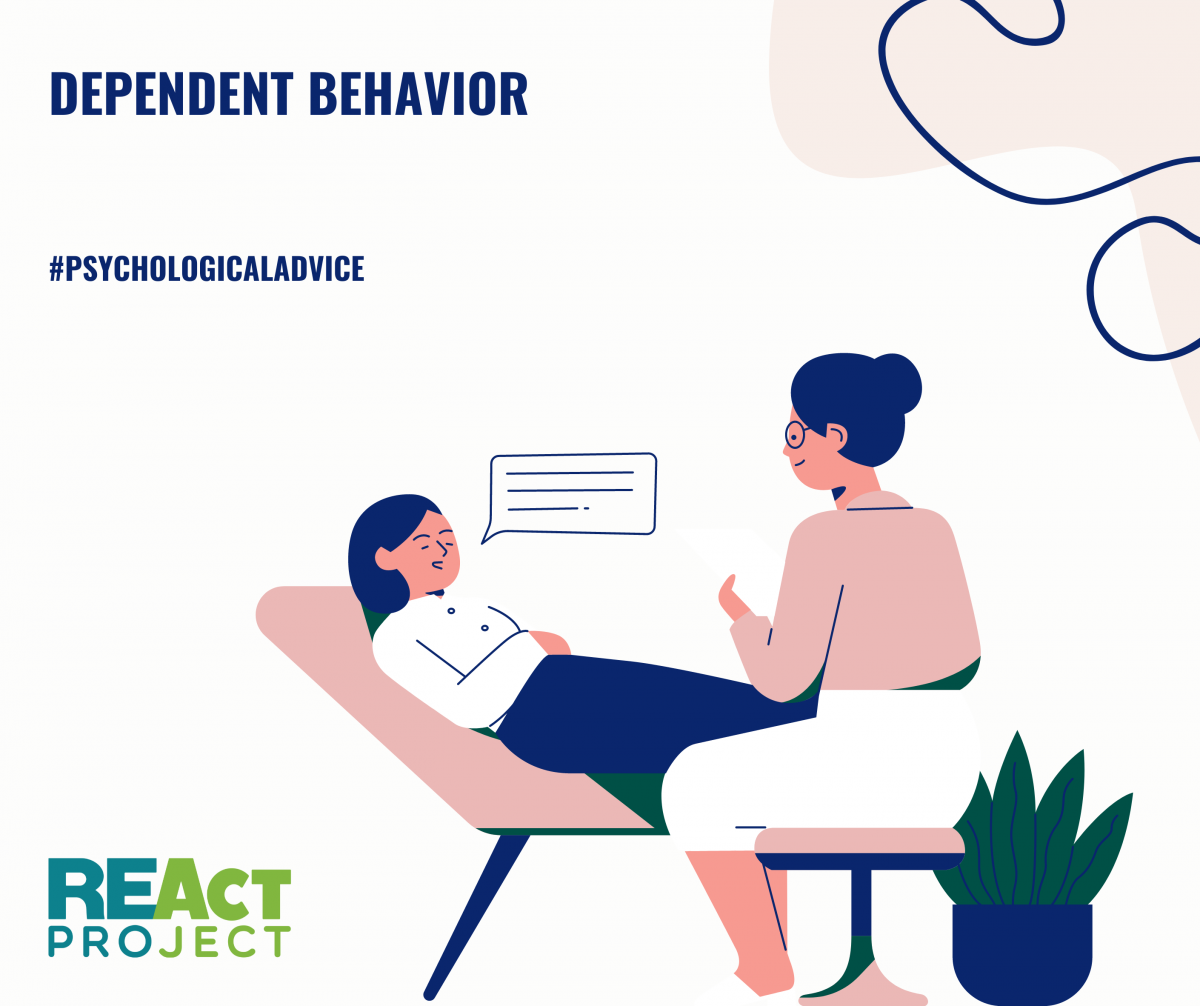Unfortunately, in today’s Ukraine, the number of types of addictive behaviors tends to consistently increase and, accordingly, so does the number of people with various forms of addiction. We live life “the way we want to live it,” asserting ourselves at any cost and by any means whatsoever.
Researchers distinguish four forms of dependent behavior, perceived as a departure from reality:
- Escape into the body – the aspiration to achieving unlimited physical or mental “self-improvement” goals;
- Escape into work – excessive focus on job- or education-related agendas;
- Escape into interpersonal contacts or solitude – a constant desire to communicate with others or, conversely, seek solitude;
- Escape into fantasy – living in a world of illusions and fantasies.
Each of these behaviors can be achieved or accompanied by the use of alcohol, drugs, toxic substances, and non-chemical addictions (e.g., Internet addiction, gaming/gambling addiction, etc.).
The addicted person feels an irresistible craving to experience intense emotions by artificially altering their mental state through the intake of certain substances or being constantly fixated on certain activities. The desire to escape from reality is a normal state of mind for people like this.
Chemical addictions (dependence, bad habit, addiction) are characterized by a person’s consistent ingestion of psychoactive substances, and an irresistible urge to regularly use the substance of choice while experiencing significant difficulty breaking the habit without outside help.
The object of dependence in non-chemical addictions is a behavioral pattern (model, mechanism, behavior). Non-chemical addictions may come in the following forms: pyromania, kleptomania, gambling (gambling addiction), computer or Internet addictions, relationship addictions, sexual or love addictions, workaholism, addiction to spending money, listening to rhythmically accentuated music, exercise addiction, addiction to spiritual practices (spirituality), lust for power, addiction to joyriding (Toad’s Syndrome), etc.
One of the major reasons for addiction is addictive-type personalities seeking to change their lifestyle, which is often described by them as “drab,” “boring,” “monotonous,” “apathetic,” “heartless.” There are several key types of motivation for using alcohol and drugs, i.e., the factors that drive chemical addictions.
1. Motivation driven by the desire to alleviate or eliminate emotional discomfort (emotional distress, fear, anxiety, etc.).
2. Hedonistic motivation – if the example above is driven by the desire to restore emotional balance after being at a low point (loss or disappointment), then hedonistic motivation is intended to improve the mood that is normal (not at a low point). The hedonistic focus is manifested in an urge to chase after pleasure, experience feelings of joy.
3. Motivation to activate a behavior – psychoactive substances are primarily taken not so much as to produce euphoria, but to trigger activity. Addicted individuals try to bring themselves out of a state of passivity, indifference, apathy, or inactivity with the help of substances that provoke larger-than-life, extremely vivid reactions and pursuits, including risky behaviors. For example, the intake of psychostimulant drugs can stimulate sexual activity and produce a “record performance” in terms of sexual prowess.
4. Motivation aroused by pressure from others – this reflects the inability of a person to say no to alcohol or drugs being offered by other people and is accounted for by dependent-personality traits (timidity, shyness, submissiveness, anxiety, being overly wary and circumspect in interpersonal communication settings), with the result that the individual seeks to avoid social situations exposing them to harsh judgment (specifically, for declining an alcoholic drink, rather than “going along to get along” and drinking it just to be social).
5. Pseudocultural motivation – based on the person’s world outlook and aesthetic sensibilities. The person considers the consumption of alcohol or drugs through the prism of “sophisticated taste,” as a hallmark of belonging to the in-crowd. It is not the use of substances that matters here, but the demonstration of this process to those surrounding you.
Most addicts suffer from being different in that they are “unable to live like other people do.” This may be manifested in the fact that some addicted individuals have to adjust to societal norms, play the role of a “friend among foes,” perform the social roles imposed on them by society (e.g., a model son, a virtuous fellow worker, etc.).
There is a multitude of scientific concepts that attempt to explain how chemical dependencies emerge (genetic, genetotrophic, ethanolic, adrenochromic, endocrinopathic, bioenergetic, etc.). That being said, we will focus on the main biological and social factors that drive the development of dependence on psychoactive substances.
Biological factors include the following:
1) Heredity (biological inheritance) – the child of parents who use drugs is born with a low tolerance to the drug in question and high sensitivity, therefore, even the first small dose of it will cause the maximum effect, thus accelerating the formation of dependence on the psychoactive substance concerned;
2) Sex – the female body is more sensitive to psychoactive substances than the male body;
3) Weight – there is an inverse relationship between weight and susceptibility to drug addiction;
4) Age – the enzyme system that absorbs and processes the drug is at its most vulnerable in adolescents and the elderly;
5) Health status – the “aggravating” factors here include: pathology of pregnancy and complicated childbirth; severe and chronic childhood diseases; cerebral concussion;
6) Tolerance – individual resistance (sensitivity) to relevant chemicals. Over time, tolerance first increases due to the faster metabolism of the drug, then it decreases.
Social factors may include:
1) Family – the tendency to use psychoactive substances is contributed to by: parental alcohol abuse or drug addiction; parental psychotic disorders; tragic events within the family (for example, the suicide of one of the parents); forced separation from a person if there was a strong emotional attachment involved; loss of the role of “family hero,” the position of “Cinderella” due to a change in family structure (the appearance of a stepfather/stepmother, half-brothers); a “family disaster,” which dramatically altered the adolescent’s social and psychological status; constant parental conflicts; upbringing in a single-parent household; one parent being unavailable due to a busy schedule (long business trips, work overload); there being no other children in the family; “rebellion” against excessive control by parents and other family members; domestic abuse.
2) Informal group – being around friends who use alcohol or drugs. This mechanism is especially important if the atmosphere at home is not good if there are conflicting relationships between parents and children, physical violence in the home, low emotional attachment to parents, poor family cohesion.
3) Educational and professional groups – individuals tend to initiate substance use / often use psychoactive substances in educational or professional settings.
4) Availability of drug substances;
5) The impact of the macro-environment – an unstable economic situation, a drop in living standards among the majority of the population, significant unemployment levels, “social depression,” a perceived lack of personal prospects, and having a low sense of self-worth.
6) Flippant attitudes spread by ill-conceived media information campaigns arouse an unhealthy interest in the consumption of psychoactive substances and a sense of social endorsement.


